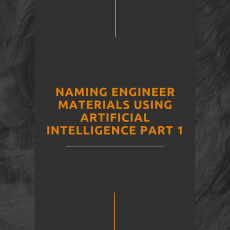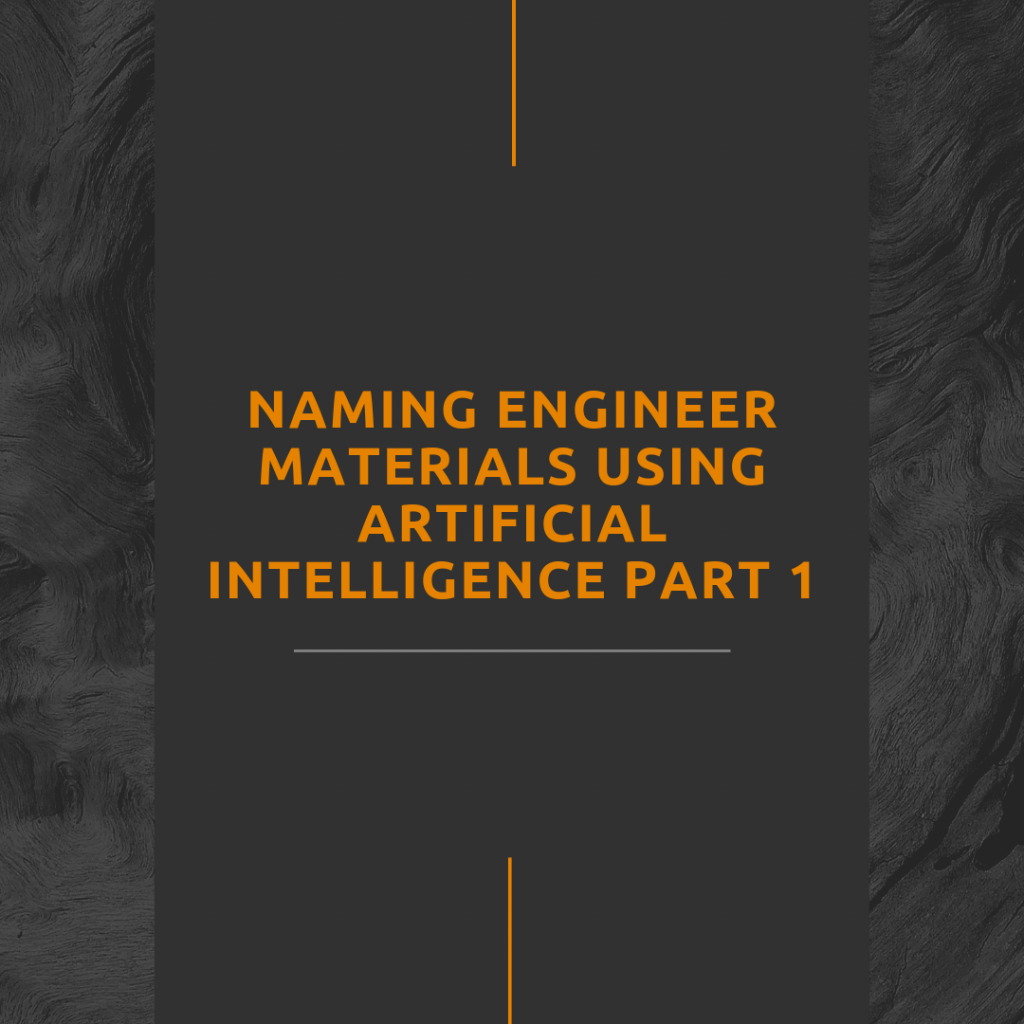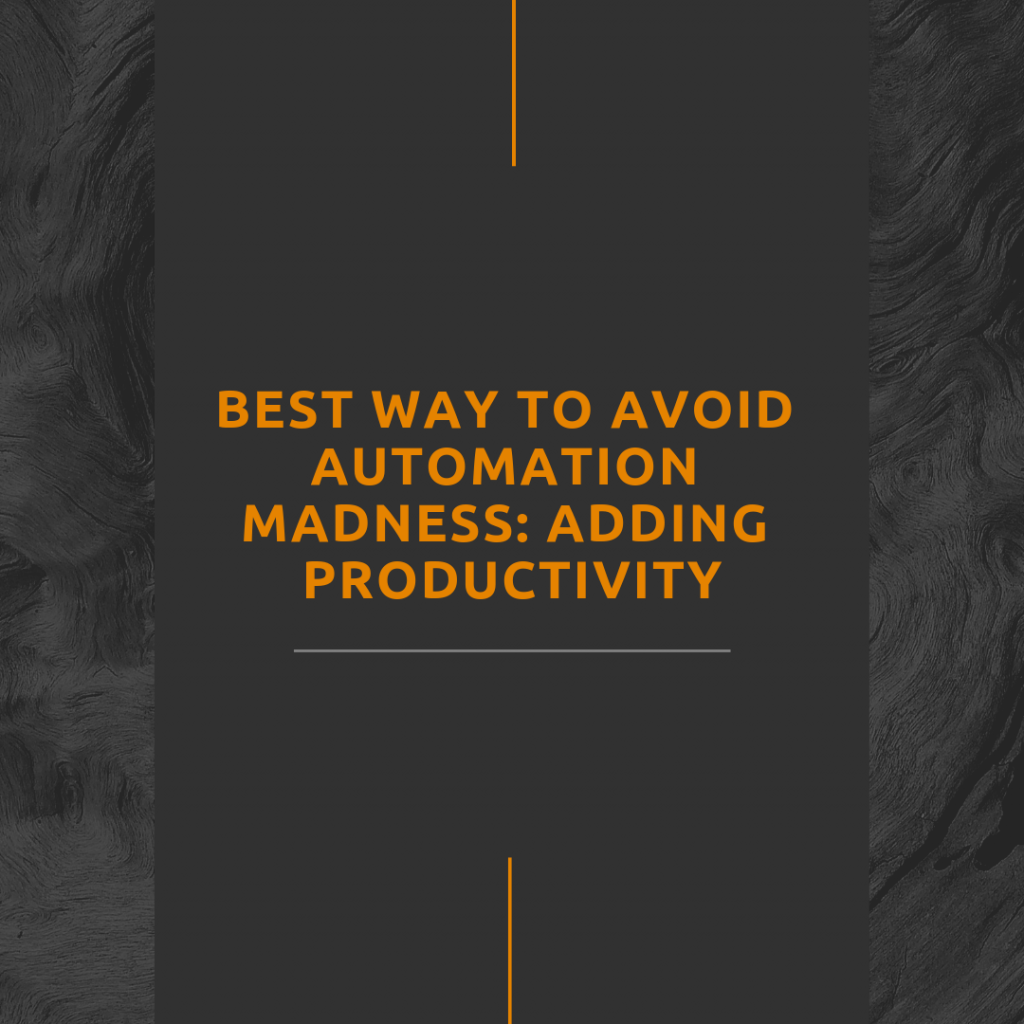
To ensure the electrical grid is totally secured is not new in the entire process, however with the potential alarming threats existing today together with the risks in forms of physical assaults, possible calamities, and cyber attacks how sure are we that our community is ready to face threats in their quality of life, economic-well being as well as their overall safety?
Together with these potential threats just roaming around the corner, comes with more and increased potential questions. How are the companies prepared to face possible threats and how to effectively respond to them in terms of recovering from high impacted low-frequency HILF events? These events can bring large-scale, multi-site impacts on other companies. How well are companies’ plants in terms of assessing the recovery time whether the affected assets of several transformers requires longer lead time for transportation? How certain are they to measure and assess if the spare assets are readily available to technicians’ reach when there is a restoration needed? What will happen if the customers are not well prepared to face these adversaries?
Together as an industry, companies should be eager to seek new ways in improving their resilience and recovery time when facing these problems ahead of them. The companies should take the leadership in stewarding the development of a holistic plan that comes with cost-effective solutions in improving the resilience of the electric grid. Once the concerns regarding the resilience will remain unsatisfied by the actions in the industry, the concerned regulators and some government officials will opt to formulate their own solutions. This will eventually result in new laws, legislation, mandates, and standards.
However, it is not practical to just protect or harden the grid that covers hundreds of thousands of miles’ worth of transmission lines and tens of thousands of substations that comes with them. There is one option viable, that is already considered by companies as one new way in improving the resilience. This is to eventually increase the energy supply of the nation through large power transformers or what we call as LPTs.
Some of the utilities decided to maintain some of the operational spares in the order to form them to replace the large power equipment that will eventually fail because of the normal wear and tear because of frequent use. However, it still remains to be economically reasonable to restrict the stockpiling of expensive pieces of equipment in line with the preparation of the companies’ own worst-case scenario. Unless including in each utility is the storage of their backups in some of the secured and off-site locations. However, it is also likely that the backup transformers in this process will eventually be damaged because of the same HILF event that brought damage in their in-use equipment.
Last 2006, the nation’s power sector took a very important step in addressing the replacement of these transformers that were damaged because of some terrorist acts. In line with this, the Edison Electric Institute and some of the utility companies eventually formed a Spare Transformer Equipment Program (STEP). This program gives the participating utilities the permission to buy huge power transformers bought from other utilities in the industry but this happened only after a presidentially declared terrorist emergency happened.









